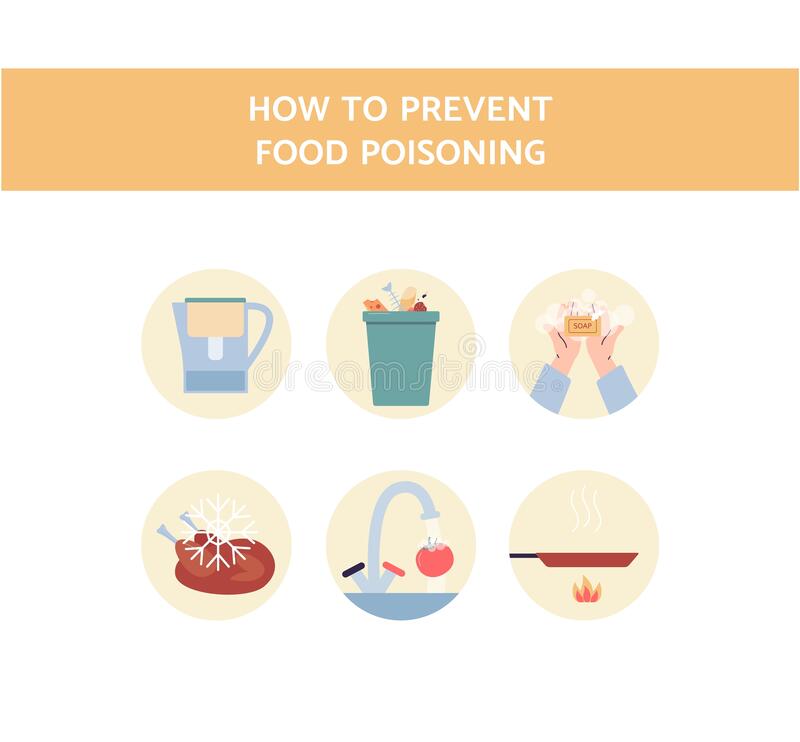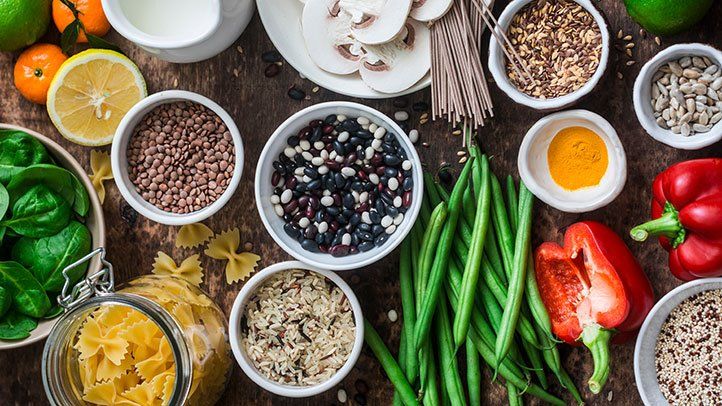
There is a great range of food available for diabetics, and it is important to choose healthy foods based on the individual's needs and lifestyle. Controlling blood sugar levels requires a balanced diet. Legumes are rich sources of protein and fiber as well high-quality carbohydrates. Soluble fiber is a good source of energy and helps curb hunger. In a recent study, eating legumes reduced type 2 diabetes risk, and improved blood sugar control.
As a low-carb food, avocados are a great choice for diabetics. Avocados provide healthy fiber and healthy oils. Walnuts contain high levels of omega-3s which is a plus for diabetics. It is important that you only consume one serving of walnuts. Chickpeas is another legume that is high in protein and fiber. Because they are high in dietary fibre, they are a great source of protein as well as being a healthy snack.
While many people don't like spinach's taste, the beta-carotene in pumpkins can be converted to essential vitamin A. To get more fiber, you can mix them with other vegetables. You can cook them and serve them as part of a meal. Mixing quinoa into your favorite soup, smoothie or stew will give you an additional boost of protein.

Greek yogurt can be enjoyed as a snack by diabetics. It is safe to eat a small amount of this starchy vegetable, which is between six and eight grams. Some brands may contain added sugar so make sure you read the label. Fruit can be eaten in moderation. Flax seeds have lignans that help to improve insulin sensitivity, and decrease the risk of heart disease.
In addition to lean protein, sweet potatoes are also high in fiber and potassium. They can be cooked and eaten as a snack. Sweet potatoes are a good side dish for lean protein or vegetables, even though they are high in carbs. They are also high in magnesium which reduces your risk of getting diabetes and may prevent stroke. They are therefore the best food for diabetics.
Numerous fruits and veggies are rich in antioxidants and a good source for fiber. They can be used as a salad ingredient or in smoothies. Greek yogurt is also an option for salads and yogurts. You can even add them to your favorite yogurt. They can also be used to make smoothies. When preparing fruit for salads, you can use them to enhance the taste of your desserts.
Diabetic diets must be balanced. Diabetic diets should contain low levels of sugar but high amounts of saturated fats and trans fats. They should be rich sources of fiber, protein, as well as fiber. A diabetic diet should not only be made up of whole grains but also fruits and vegetables. Healthy fats should be included in the diet. These foods are rich in healthy fats.

For diabetics, a healthy diet includes lots of fruits and veggies. Fruits and vegetables that are fresh, ripe, and organic are the best. Low-calorie foods are best for diabetics. There are many ways to incorporate fruits and vegetables into your daily routine. You can also eat nuts every single day. These are delicious, healthy foods that diabetics can enjoy. Just remember to watch your sugar intake to prevent diabetes.
Greek yogurt is another healthy option for diabetics. It is very high in fiber, and has very little carbohydrate. It can be eaten either as a snack and as a dish. You can also include whole grains. They are low in calories and high in fiber. For example, whole-grain breads are the best foods for diabetics because they are low-sugar. These breads as well as pastas are a great source of fiber.
FAQ
Is being cold bad for your immune system?
Cold can make you less immune to infection because your body makes fewer white blood cells, which are essential for fighting infections. Being cold can make you feel more comfortable because your brain releases endorphins which help reduce pain.
These are the 7 secrets to a healthy life.
-
Be healthy
-
Exercise regularly
-
Sleep well
-
Get plenty of water.
-
Get enough rest
-
Be happy
-
Smile often
How can I live the best life possible every day?
It is important to identify what makes you happy. Once you have a clear understanding of what makes you happy you can go backwards. You can also ask others how they live their best lives everyday.
You can also check out books like "How to Live Your Best Life" from Dr. Wayne Dyer. He talks about how to find happiness and fulfillment at all stages of our lives.
Statistics
- WHO recommends consuming less than 5% of total energy intake for additional health benefits. (who.int)
- Extra virgin olive oil may benefit heart health, as people who consume it have a lower risk for dying from heart attacks and strokes according to some evidence (57Trusted Source (healthline.com)
- This article received 11 testimonials and 86% of readers who voted found it helpful, earning it our reader-approved status. (wikihow.com)
- The Dietary Guidelines for Americans recommend keeping added sugar intake below 10% of your daily calorie intake, while the World Health Organization recommends slashing added sugars to 5% or less of your daily calories for optimal health (59Trusted (healthline.com)
External Links
How To
What does the "vitamins” word mean?
Vitamins are organic compounds naturally found in food. Vitamins aid us in absorbing nutrients from the food we eat. Vitamins cannot come from the body so food must provide them.
There are two types vitamins: water soluble or fat soluble. Water soluble vitamins dissolve easily in water. Vitamin C,B1(thiamine), B2 (2riboflavin), and B3 (3niacin), as well as vitamin C,B1, B2 (riboflavin), and B3 (niacin), vitamin B6 (pyridoxine), vitamin folic acid (biotin), pantothenic, and choline are examples. Fat-soluble vitamins are stored in the liver, fatty tissue and kidneys. Some examples include vitamin D and E, K, A and beta carotene.
Vitamins can be classified by their biological activity. There are eight major vitamin groups:
-
A - vital for healthy growth.
-
C - vital for proper nerve function, and energy production.
-
D – Essential for healthy teeth, bones and joints
-
E - Required for good vision & reproduction
-
K - Essential for healthy muscles and nerves.
-
P - essential for strong bones, teeth and tendons
-
Q - aids digestion and absorption of iron.
-
R is required for the production of red blood cells.
The recommended daily allowance of vitamins (RDA), varies according to age, gender, physical condition, and other factors. The U.S. Food and Drug Administration (FDA) sets the RDA values.
For adults over 19, the RDA for vitaminA is 400 micrograms per daily. For fetal development, pregnant women need 600 mg per day. Children ages 1-8 require 900 micrograms per day. Babies under one-year old require 700 mg per day. Between 9 and 12 years of age, however, this drops to 500 mg per day.
Children between the ages of 1-18 need 800 micrograms per daily for obesity, while children overweight require 1000 micrograms. Children underweight or obese will need 1200 mg per day.
Children aged 4-8 years old who have been diagnosed as having anemia require 2200 micrograms of vitamin C per day.
2000 micrograms are required daily for good health in adults over 50. Women who are pregnant or breastfeeding need 3000 micrograms per day due to increased nutrient requirements.
Adults over 70 require 1500 micrograms each day, since they lose around 10% of their muscle mass every decade.
Women who are pregnant, nursing or breastfeeding need more than the RDA. Pregnant mothers need 4000 micrograms per daily during pregnancy and 2500 after giving birth. Breastfeeding mothers need 5000 mg per day when breastmilk is being produced.